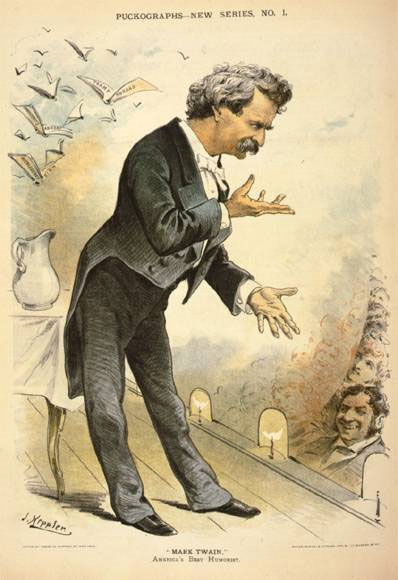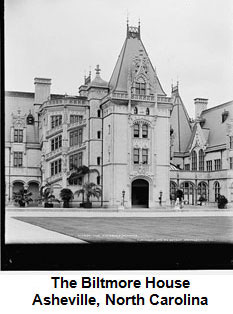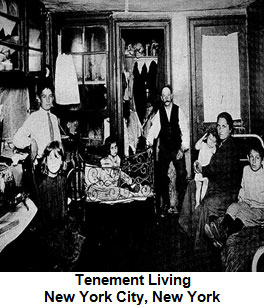
Source: gilded subj, America’s Library, Library of Congress

Source: gilded subj, America’s Library, Library of Congress
From the 1870s to the 1890s, the United States entered a period of rapid industrialization. There was a shift from an agrarian economy to an industrial economy and many Americans began to move to urban areas. Mark Twain (depicted in the cartoon above) called this period the Gilded Age and criticized the era as a time of greed and political corruption.
Industrialization greatly increased the need for workers in the nation’s factories. The availability of factory jobs that required little or no skills was one of the reasons for a dramatic increase in immigration to the United States. Although working conditions in most factories were poor and unsafe, there was a steady stream of immigrant workers to fill the positions.
While there were millions of factory workers, the wealthy entrepreneurs who owned the factories represented a tiny fraction of Americans. The few wealthy controlled most of the wealth in the United States during this time.
During the Gilded Age, the economic disparities between the workers and big business owners grew exponentially. Workers continued to endure low wages and dangerous working conditions in order to make a living. Big business owners, however, enjoyed lavish lifestyles.
 George Vanderbilt built the pictured 250-room mansion between 1889 and 1895. Vanderbilt was the grandson of industrialist Cornelius Vanderbilt. This home is an example of the type of wealth that many of the big business owners had during the Gilded Age. |
 Many immigrants had to live in tenements. Tenements were low-rise apartment buildings that often were overcrowded and had inadequate plumbing and ventilation. The picture above shows a family of seven who lived together in one room. Living conditions for poor workers were unsanitary and sometimes hazardous to the health of those who lived there. |
In the next three sections, you will learn more about the Gilded Age and the economic, social, and political issues surrounding this period in U.S. history.
Sources for images used in this section: